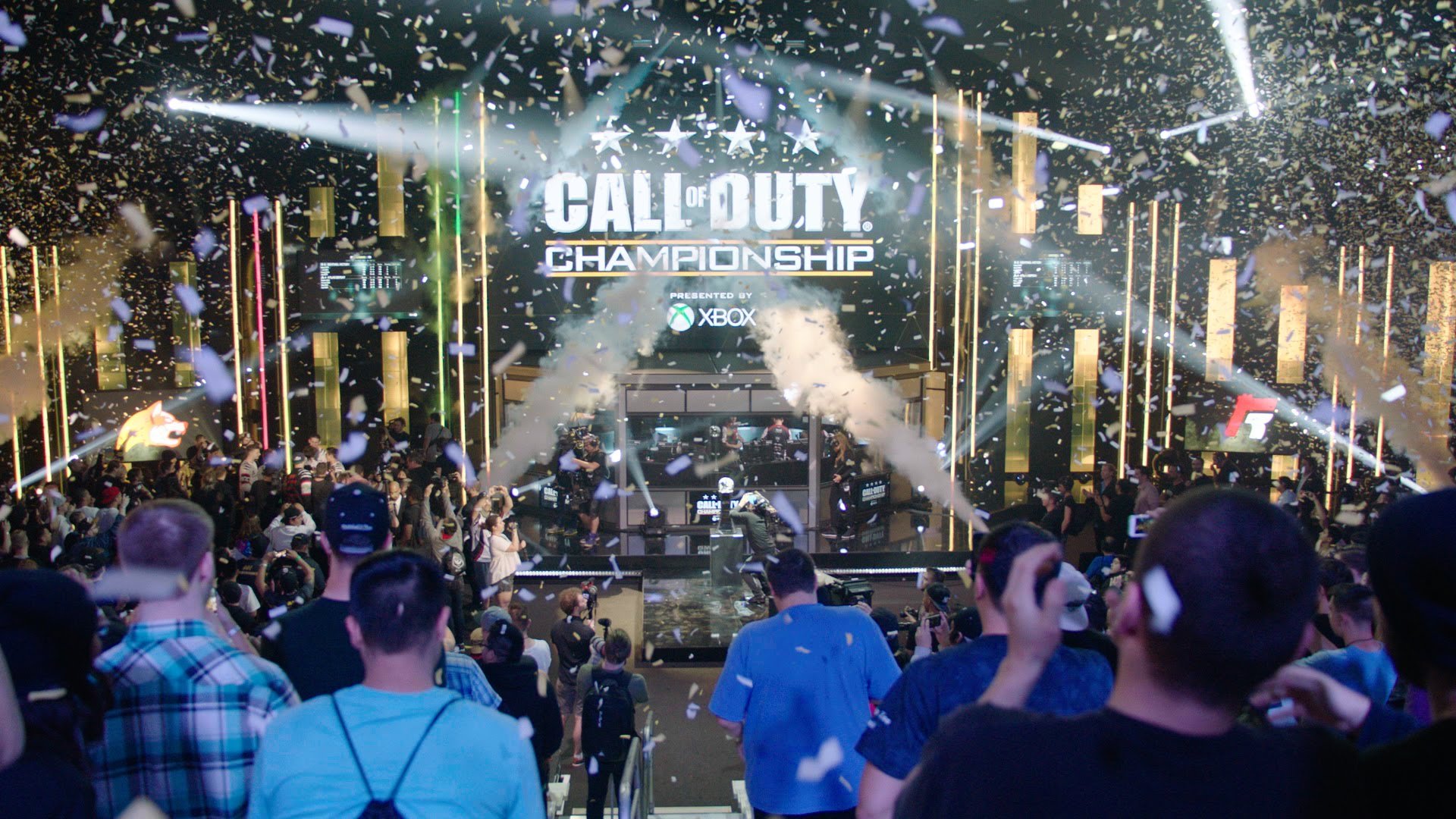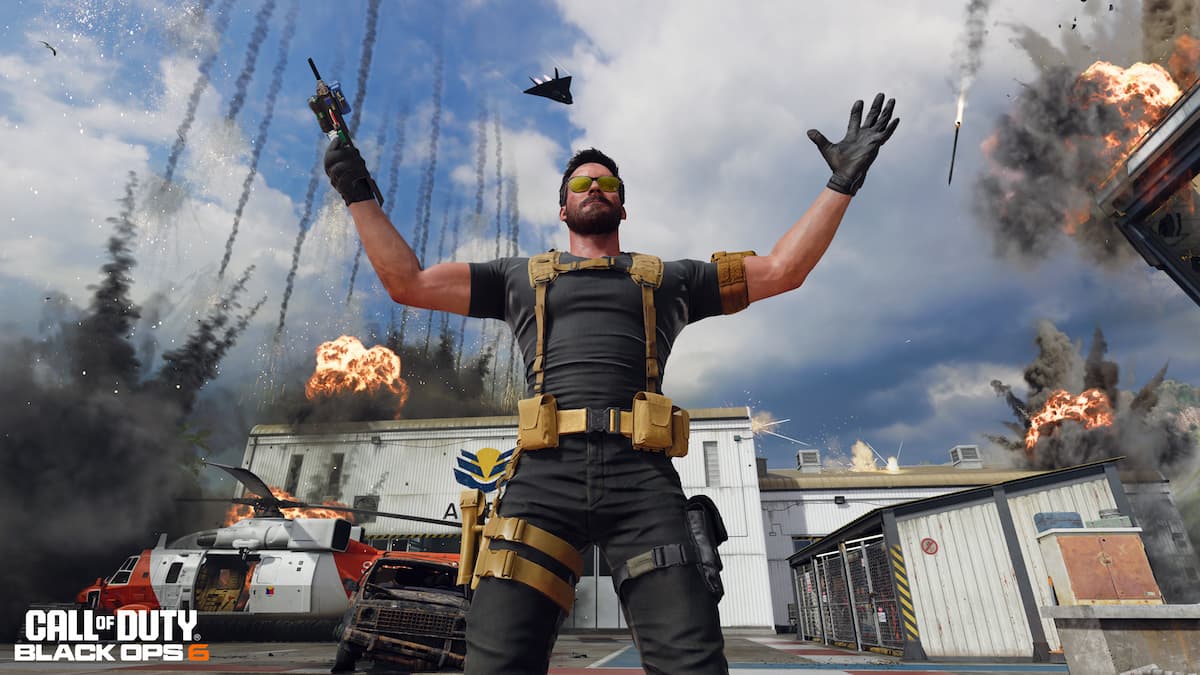*This is an opinion piece that reflects the views of the writer and not eSports Guru as a whole. Who knew, from the days of Summer CPL 2004, that Call of Duty eSports would extend from the PC to the console, grow exponentially, change yearly, and have three different developers working on new titles simultaneously? As well as a $50,000 prize purse in 2004 for a test run of a new title alongside the likes of an early Counter Strike… It has transformed and taken shape to be played by many, watched by thousands, and has delivered over $11 Billion dollars in revenue for Activision (the Call of Duty series, not the eSport) since its inception in 2003. So we ask ourselves, as gamers and fans of Call of Duty, what have the people, companies, and publisher surrounding this title done to help it blossom into a major eSport? Who, or what, put in the effort, funding, prize pools, and events that gave us the content and entertainment console gamers are not accustomed to? Call of Duty is an eSport that has gone against the grain in so many ways and has been presented new paths and new obstacles that can either hinder or accelerate its continued growth. With the introduction of the “Call of Duty World League”, we look at what may be best for its players, fans, and the particularly large North American viewership and player-base. The Call of Duty World League – a new and exciting venture for most in the CoD community it seems. We know that recently, Activision hired the Former CEO of ESPN, and also the Co-Founder and President of Major League Gaming. They announced there will be divisions in North America, Europe, and Australia/New Zealand. What we as fans can tell is, there will be two stages, each worth a sizeable amount of money. North America will have 12 teams initially, then 8 teams as “Season Finalists”. Europe and Australia combined will have 18 teams and 10 “Season Finalists”. Prize pools, with the two stages combined, are $500,000 dollars for North America, and $700,00 for Europe + Australia. But wait, more European and Australian teams (combined) than North American? More prize money within these specific regions (combined) than North America? Within the “Top Earning Player List” for CoD:AW, we have 10 players outside of North America that have made over $10,000 in prize money competing in AW. Top players, teams, and organizations have always been from North America. They have won every major event and have an astronomical win rate against foreign teams in almost every tournament. Is this the “World” appeal, or a “World” promise that may go unfulfilled? In North America alone, we have 40+ Pro Players who have made more than $20,000 in earnings from playing competitive Call of Duty. So let’s stop and ask ourselves again, what has made North American Call of Duty the powerhouse and perennial winner we have come to know? One event organizer, above all others, has laid the foundational groundwork for stable incomes and a player base that can compete. In online tournaments alone, CoD:AW, through Major League Gaming’s Gamebattles tournament ladder, had close to $172,000 distributed to the players. LAN tournaments, through MLG/Gfinity/UMG, have distributed around $864,000 in prize purses. This isn’t including the $96,000 in player payments distributed to Call of Duty pros during Season 1 and 2 of the MLG Pro League, or the player payments that followed in Season 3. Players in the MLG Pro League had multiple revenue streams. Every player was provided their own stream on MLG.tv, to be dictated, ads and all, by the streamer themselves. At each MLG Pro League Season Finals, the players attending had their hotel and food paid for by Major League Gaming. Season 2 finals were at the X-Games where hotel, food and even plane travel were provided by Major League Gaming. So the players had stream revenue, prize pools, and per match payments, all while being provided at little expense upon travel. A luxury given for their ability to play Call of Duty in a competitive environment. This is what we’ve had, as players and fans. We are the only eSport that changes titles yearly. We are the only major eSport that doesn’t have a loading screen that leads directly to competitive events. We are the only major eSport that doesn’t have an in-game UI that directs us as players, or fans, to players or event streams. With all of this, we have swam up-river, against the current, but have persevered. Only a HANDFUL of eSports can tout multiple events at or above 100,000 concurrent viewers. Call of Duty can… Major League Gaming has been a staple of console eSports for almost a decade. Since picking up Call of Duty on a regular basis in 2013, we have seen tremendous growth and stability. Long gone are the days of Rod “Slasher” Breslau congratulating us on 35,000 max concurrent viewers for UMG Dallas, the final Black Ops 2 event on Twitch, as well as the days of Black Ops 2 CoD Championship 2013 being one of the few 100,000+ viewer events. We have been guided along by a company, in Major League Gaming, that has partnered with Facebook, ESPN, Ncompass, IMG, OpenX, and I’m sure many more to come. So do we cherish what we have, or do we turn to a company that has a history of late payments, true “Exclusivity Leagues”, and is now owned by a Swedish media company (MTG) which most Americans, the majority of competitive Call of Duty fans, have never heard of? Activision is funding the World League prize pools and purses, just as Valve does for CS:GO and DOTA majors. This money is given by a game publisher to an event organizer, then distributed to the players. But how much do they pocket on the transaction? Why would a company that has had almost nothing to do with Call of Duty eSports (ESL could have hosted and streamed CoD:AW events the last year on Twitch at their own will) want to jump on the train while it’s already moving down the tracks? Major League Gaming’s unique position of being the top Call of Duty eSports event organizer, with its own streaming platform, gives it a distinct advantage. They don’t rely on publishers giving them trucks full of money to call their own. They don’t rely on title sponsors to host their events. They have the unique ability, because of their streamers, their events, their employees, and their team, to turn profit or revenue into stable incomes for those players they have brought along for the ride. Major League Gaming is not leaving console eSports – far from it. This is only the beginning of what’s to come in 2016 I am sure. A bright future is ahead for CoD eSports in particular. I’m sticking with the train that got us to this point because the alternative has a lot of unknown and uncertain variables that may or may not be good for North American players, North American teams and owners, or the viewers. That’s for you to research, fact check, think about, question, and decide.

Category:
Call of Duty eSports: The Past, Present, and Uncertain Future
*This is an opinion piece that reflects the views of the writer and not eSports Guru as a whole.





Published: Oct 30, 2015 09:28 pm